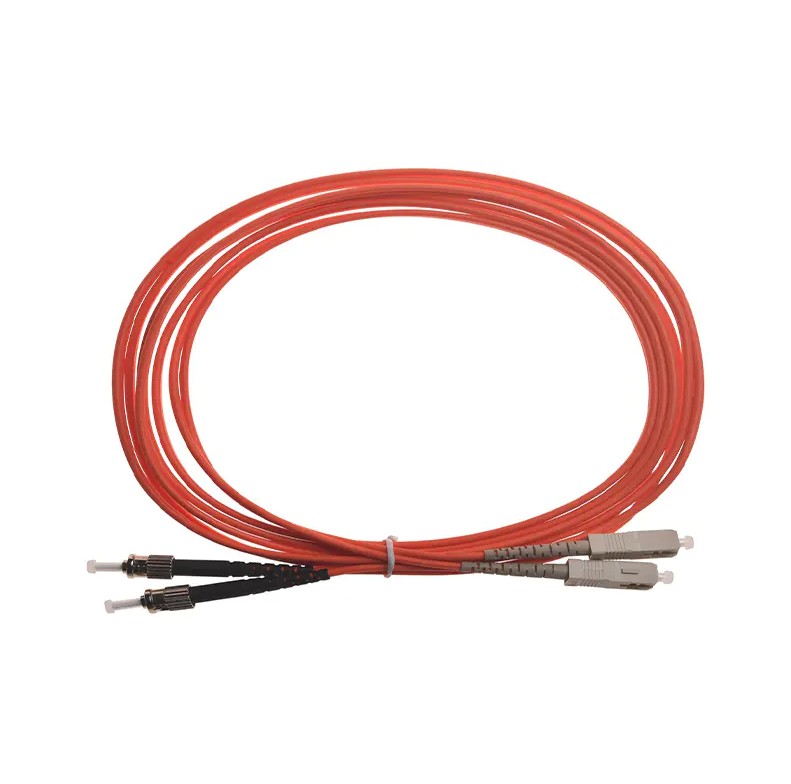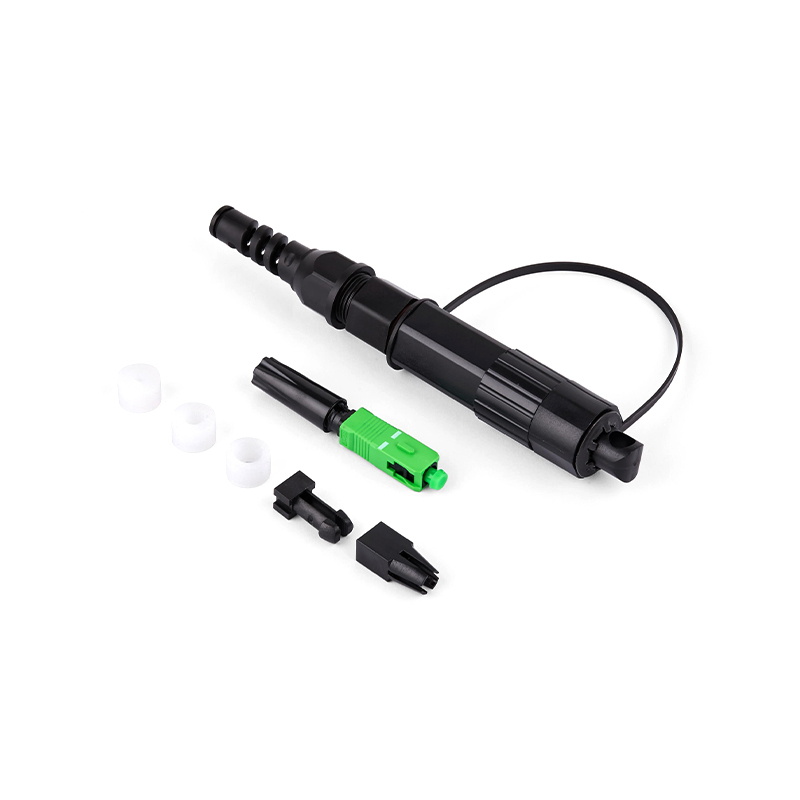What is the difference between OM1 and OM2 fiber optic patch cables?
2025-10-17
When building a high-performance data center or enterprise network, choosing a fiber optic patch cable is crucial. OM1 and OM2 are two common types of multimode fiber. Understanding their differences can help network engineers make the right choice.
The primary differences between OM1 fiber optic patch cables and OM2 fiber optic patch cables lie in their design, structure, and performance parameters.
Content
Fiber Core Diameter and Design
OM1 fiber optic patch cables typically use a thicker 62.5/125 micron core diameter.
OM2 fiber optic patch cables use a thinner 50/125 micron core diameter.
Modal Bandwidth
The effective modal bandwidth (EMB) of an OM1 fiber optic patch cable is typically 200 MHz·km (850 nm).
OM2 fiber optic patch cables have an increased effective modal bandwidth of 500 MHz·km (850 nm), enabling higher transmission capacity.
Supported Transmission Distance and Speed
In 1 GbE (Gigabit Ethernet, 1000BASE-SX) applications, the maximum transmission distance of OM1 fiber optic patch cables is typically 275 meters.
In comparison, OM2 fiber optic patch cables can reach a transmission distance of up to 550 meters at 1 GbE, a significant performance advantage.
For higher-speed 10 GbE applications, OM1 fiber optic patch cables only support a transmission distance of 33 meters, while OM2 fiber optic patch cables can support a transmission distance of 82 meters.
Recommended Light Source
OM1 fiber optic patch cables were originally designed for use with LED (light-emitting diode) light sources, which are less expensive for low-speed applications.
OM2 fiber optic patch cables are generally better suited for use with VCSEL (Vertical Cavity Surface Emitting Laser) light sources. VCSELs, with their faster modulation speed and higher power, are commonly used in modern high-speed networks (such as Gigabit Ethernet) and can fully utilize the bandwidth potential of OM2.
How to Choose: OM1 vs. OM2?
In practical applications, network designers should select the appropriate multimode fiber optic patch cables based on network speed, budget, and future expansion requirements.
OM1 Fiber Patch Cables: If your network still primarily utilizes low-speed (such as 100Mbps) or requires Gigabit transmission over short distances (less than 275 meters), and your budget is tight, OM1 may be a viable option. However, due to its limited support distance for higher speeds (such as 10G and above), OM1 fiber optic patch cables are gradually being phased out.
OM2 Fiber Patch Cables: For scenarios requiring longer Gigabit transmission distances (up to 550 meters) or shorter 10G transmission distances, OM2 fiber optic patch cables offer better performance and are ideal for connecting patch panels, switches, and servers. While their performance surpasses OM1, OM3 and OM4 fiber optic patch cables are more popular in modern data centers due to their improved support for 10G, 40G, and even 100G.
It's important to note that due to differences in core diameter and performance, mixing OM1 and OM2 fiber optic patch cables is not recommended, especially on high-performance links, as this can result in significant signal loss and performance degradation. When upgrading networks, considering future bandwidth requirements, fiber optic patch cables should at least consider upgrading to OM3 or OM4 to meet the growing demands of data centers.











